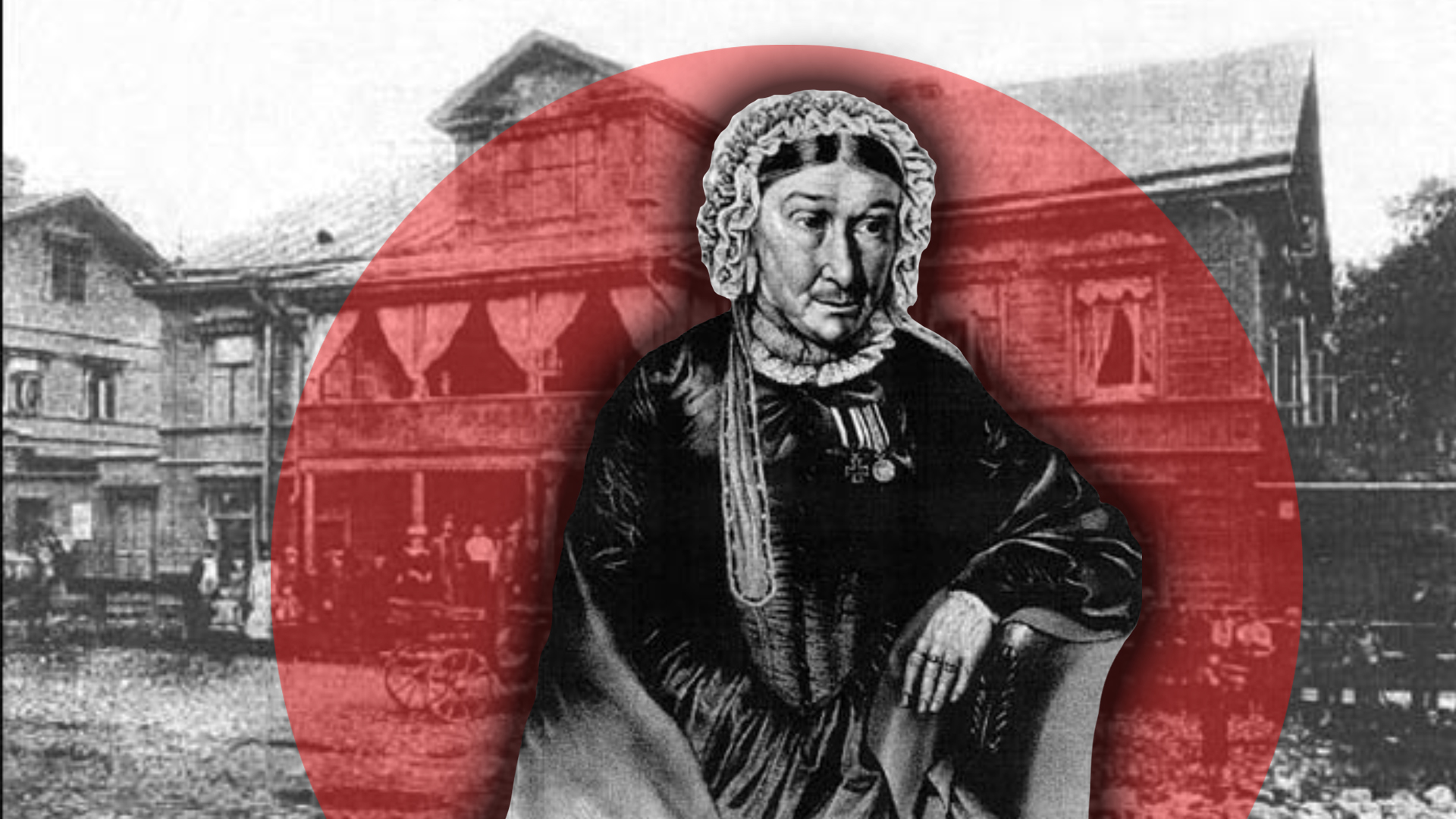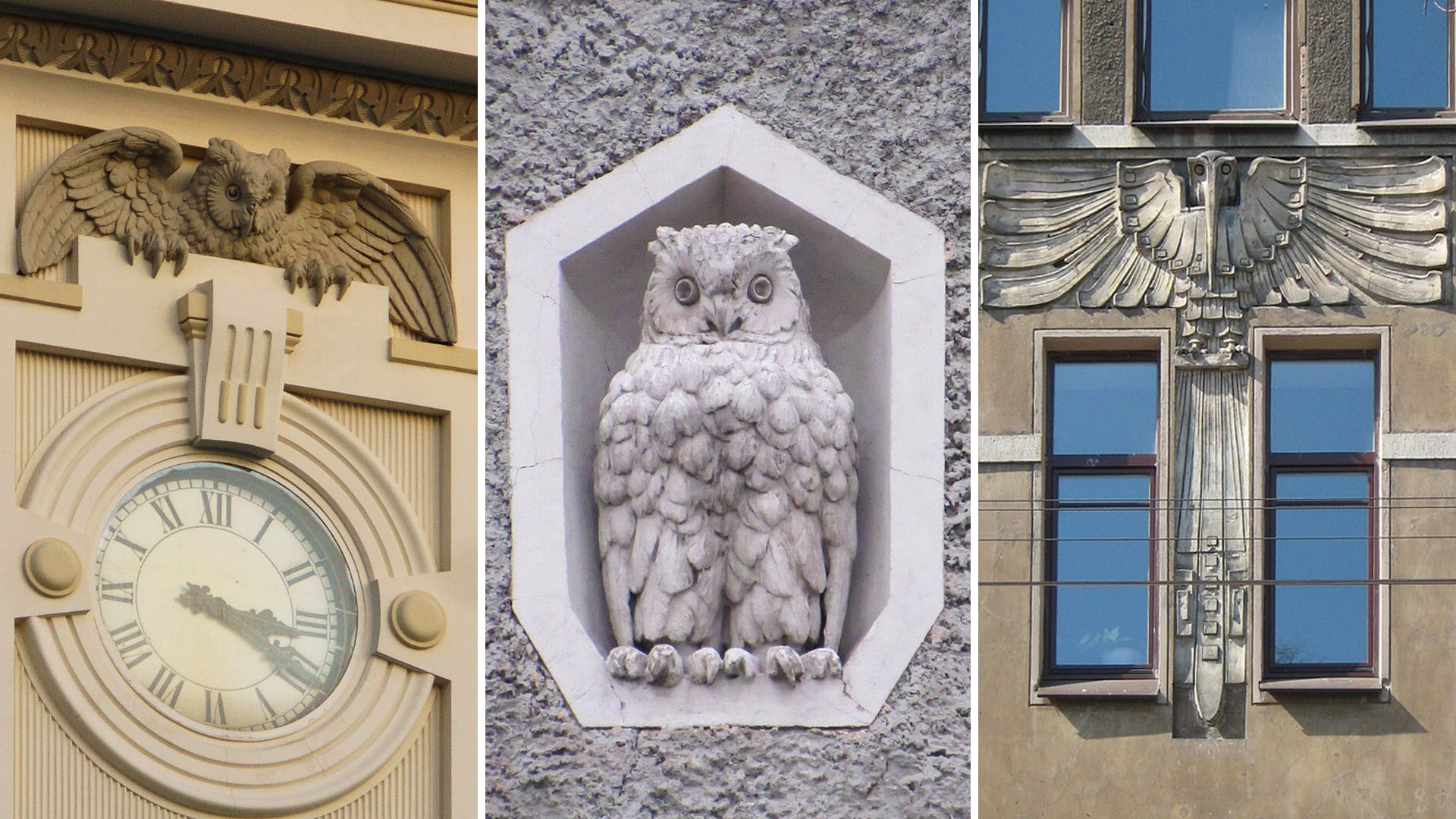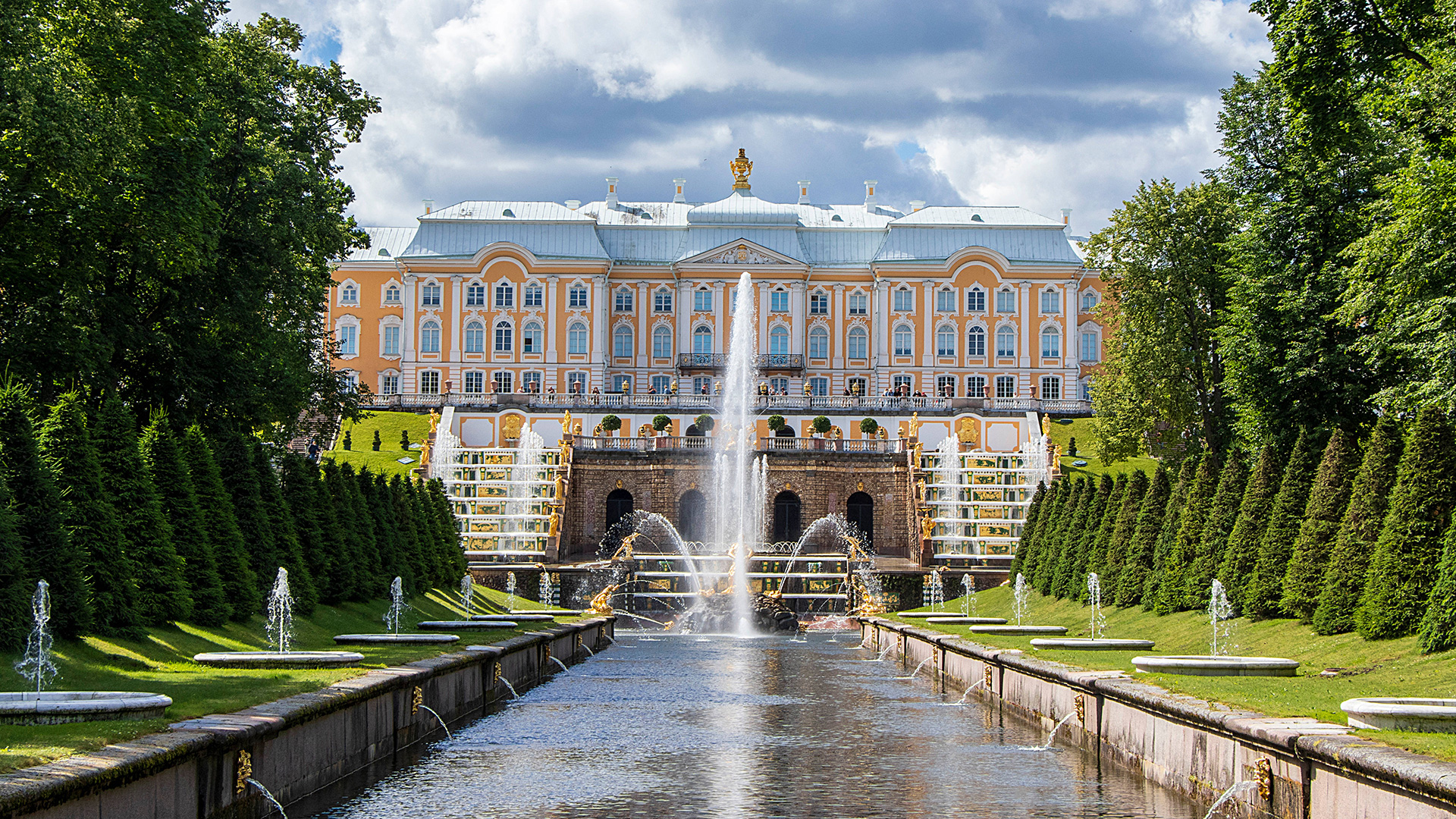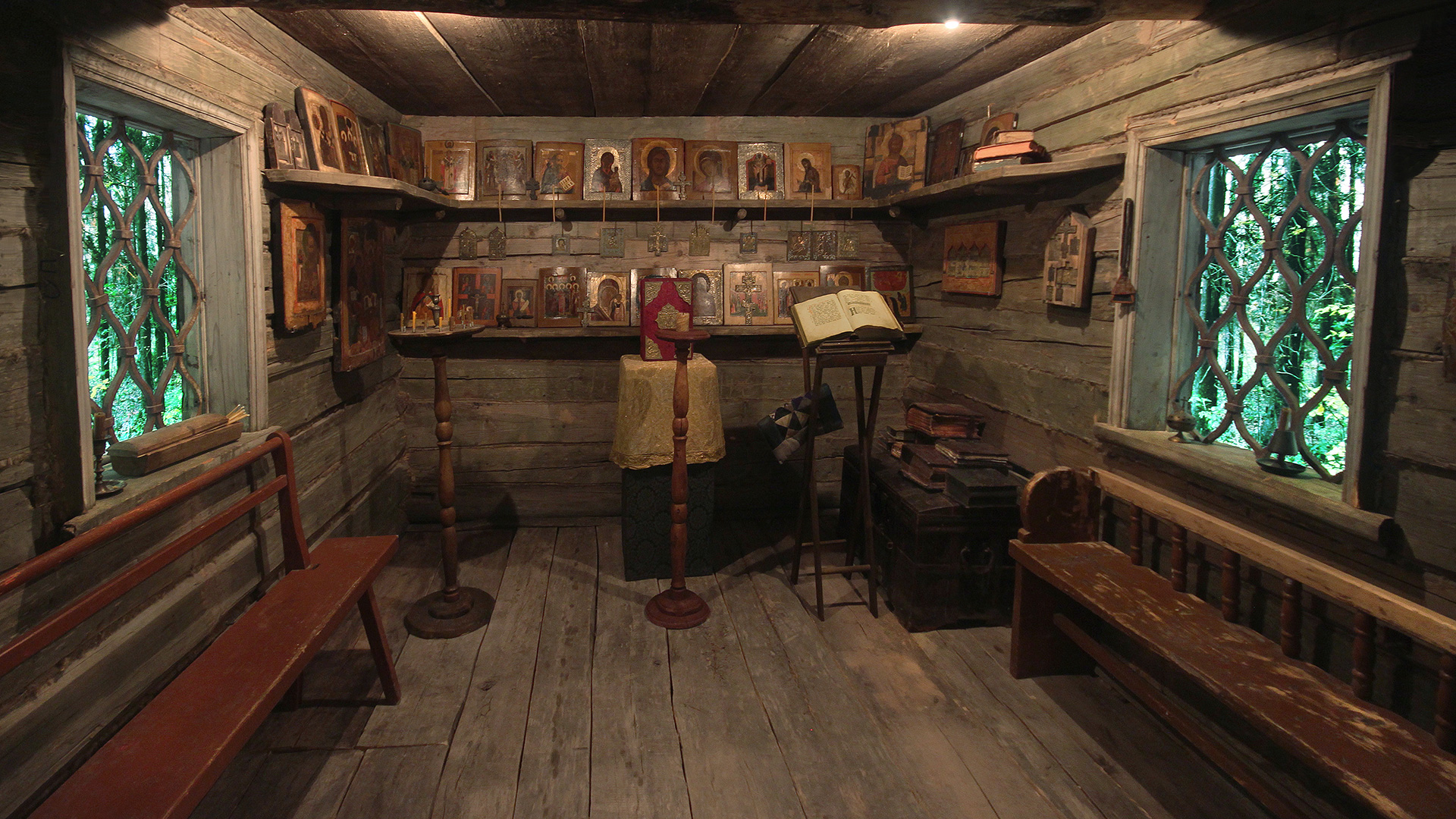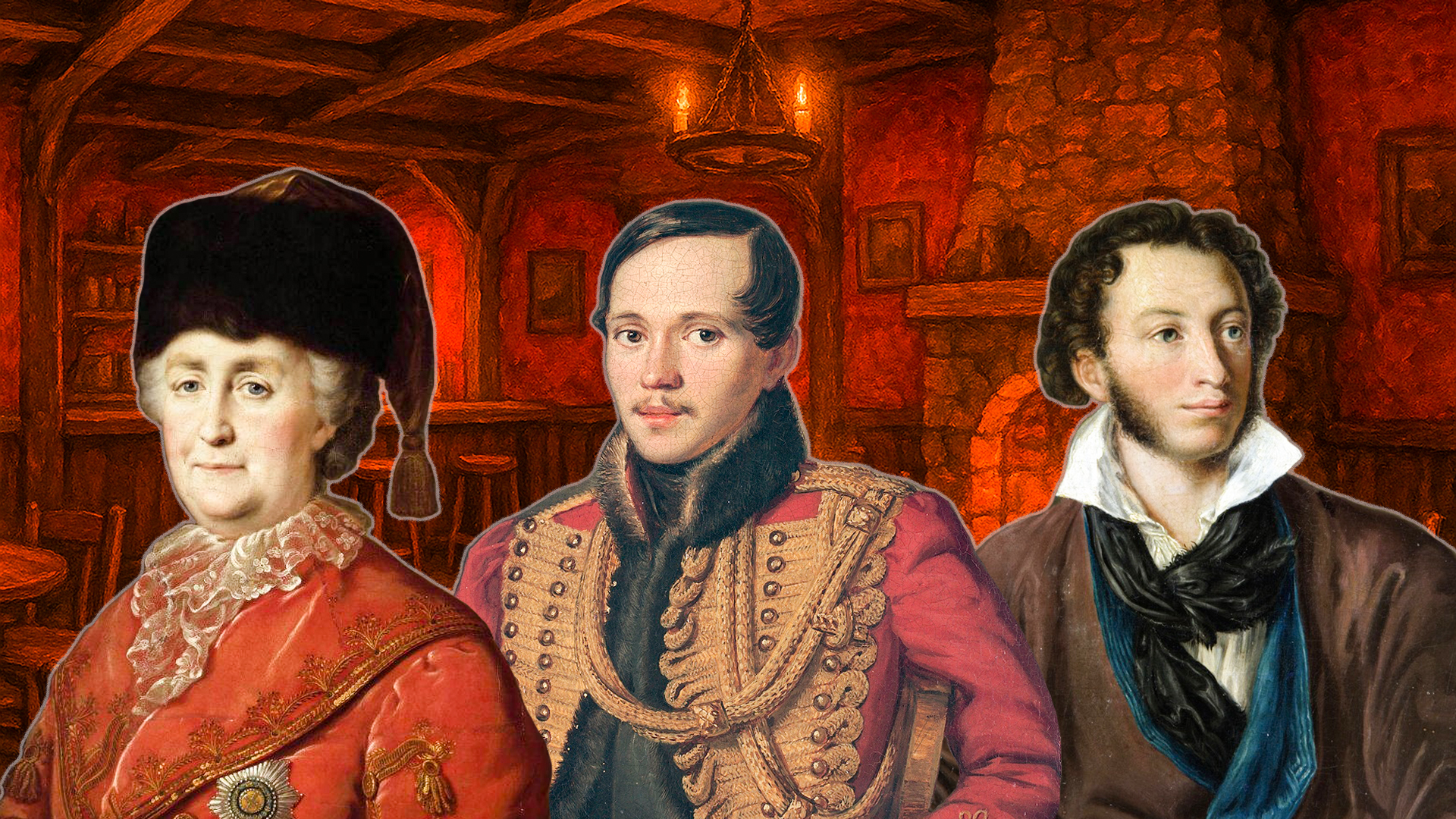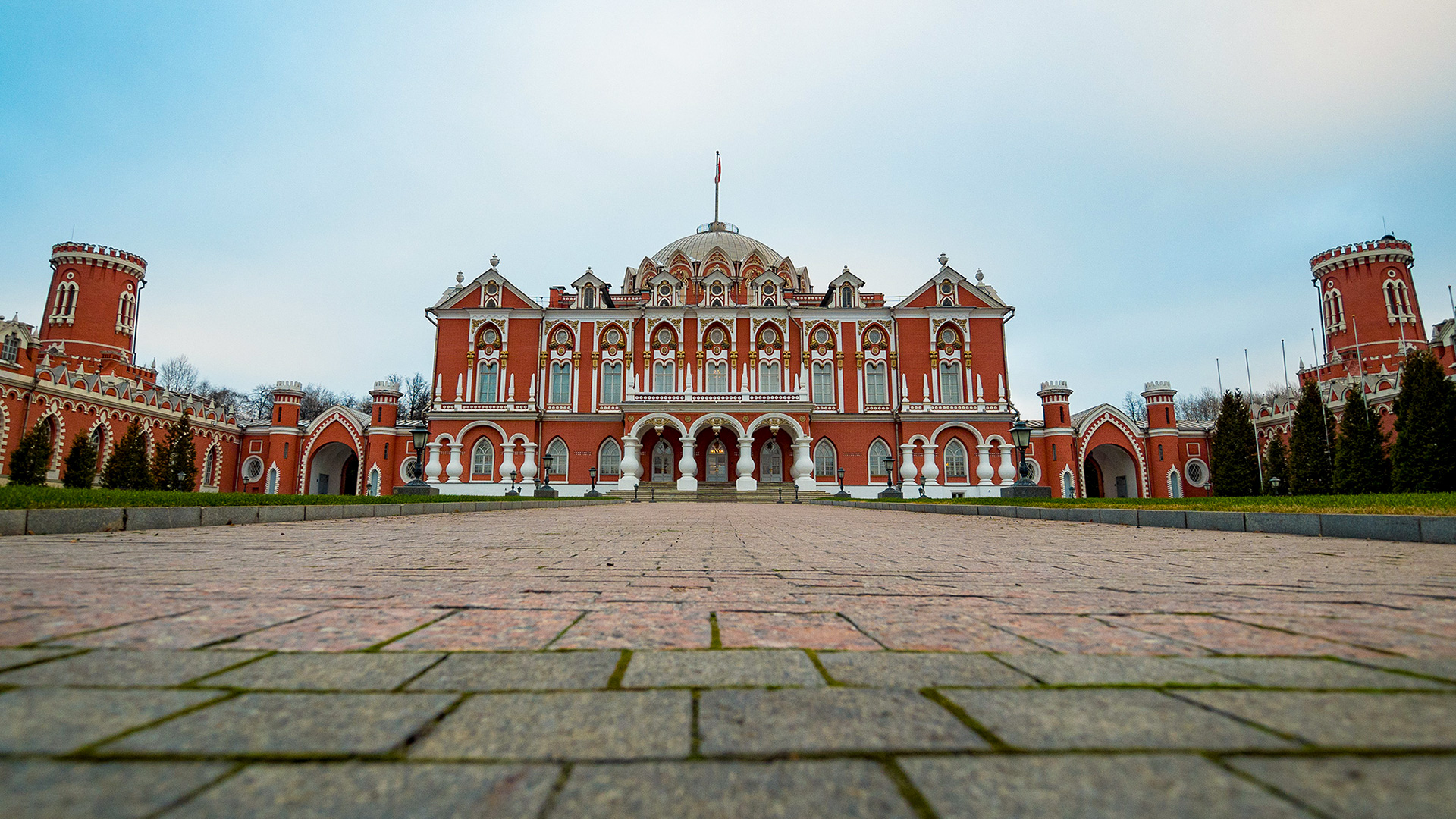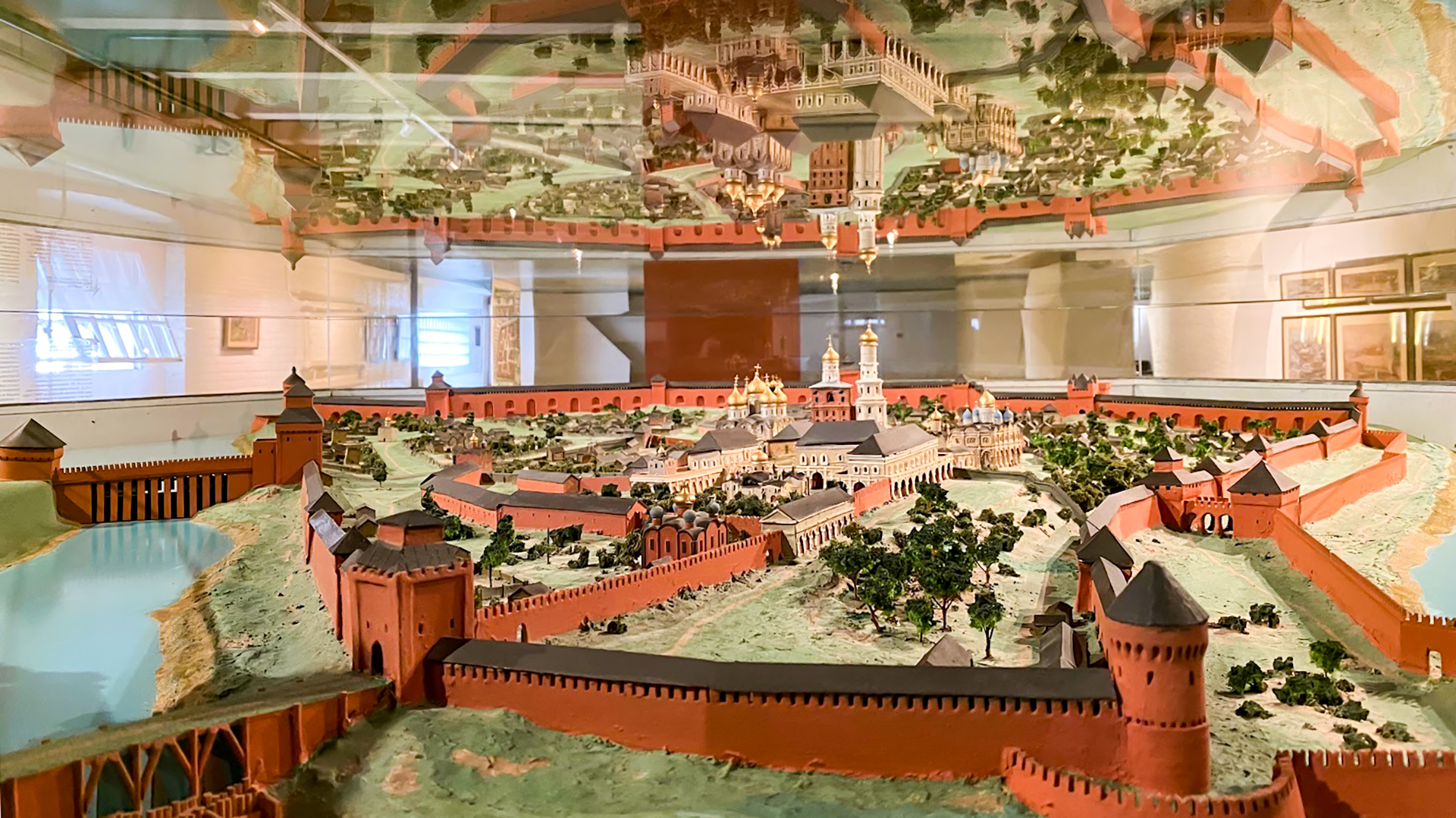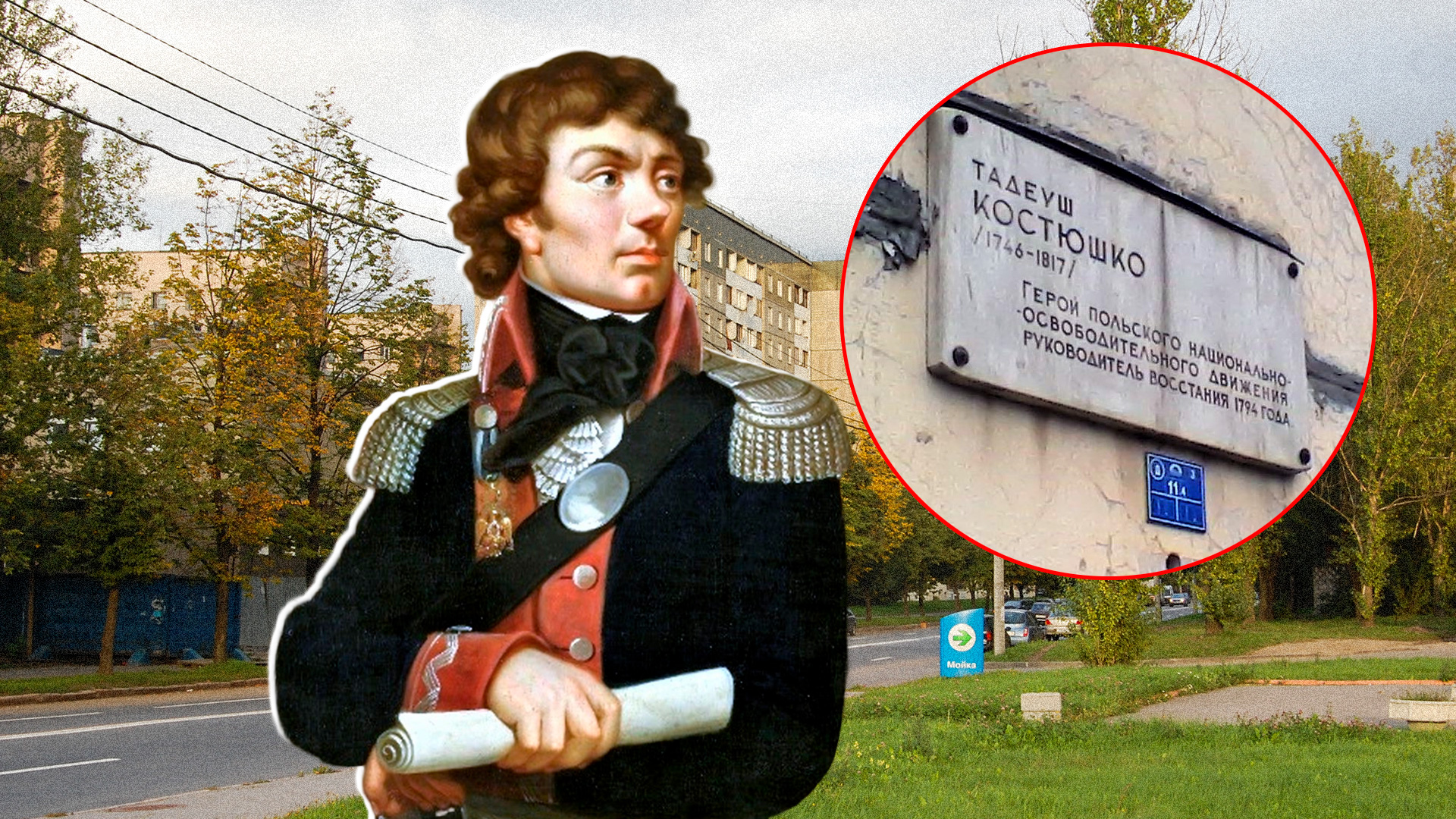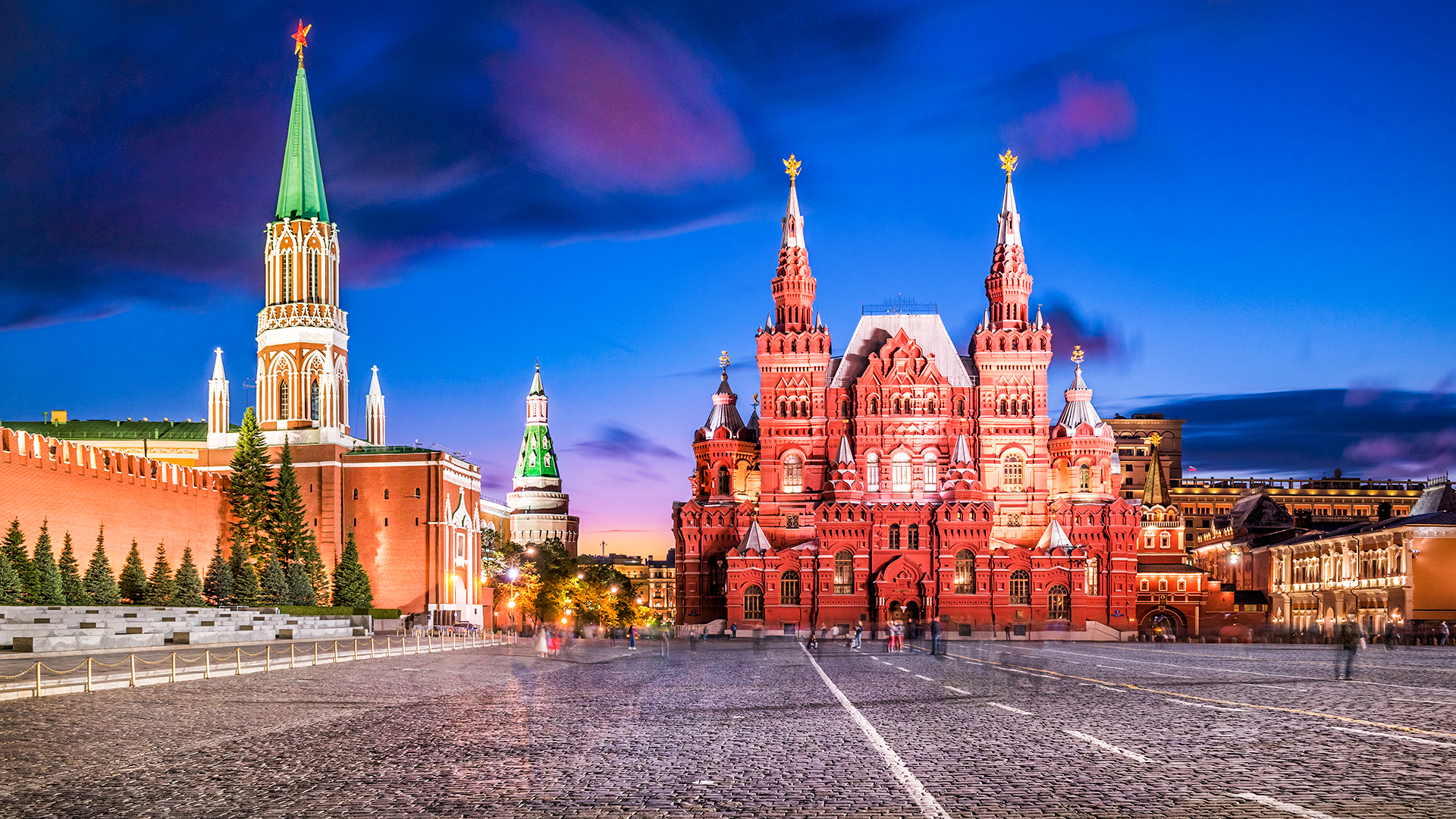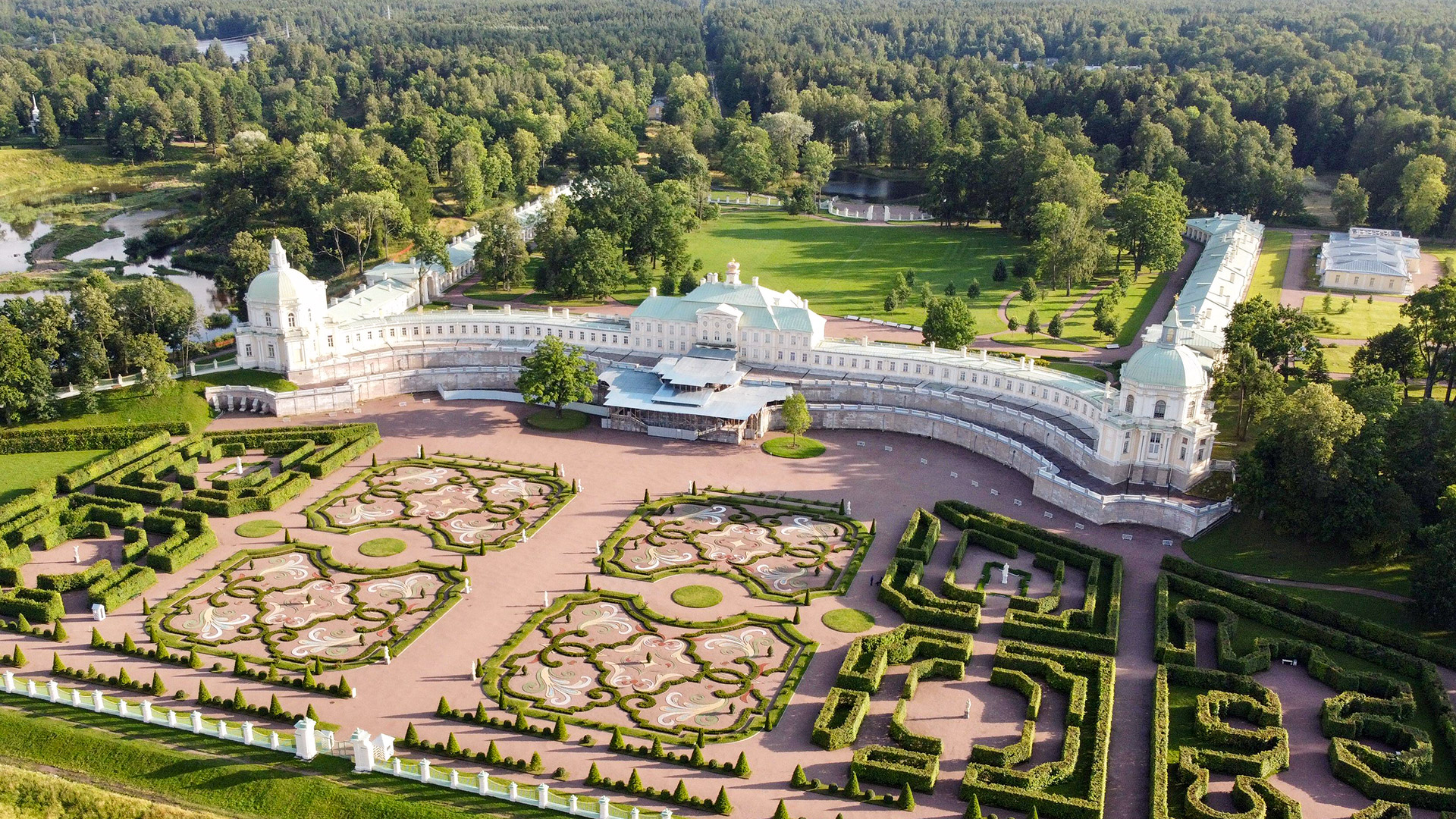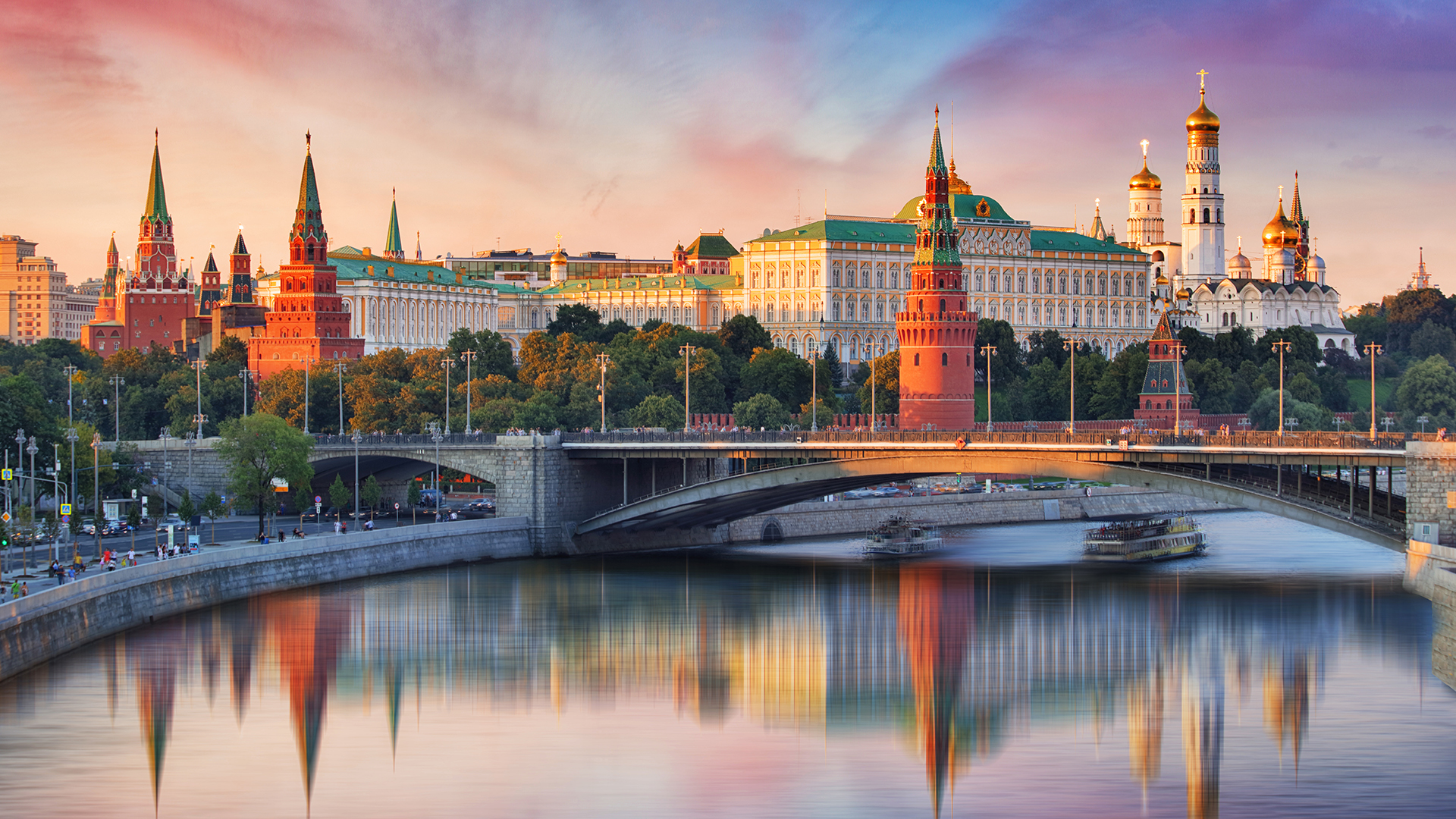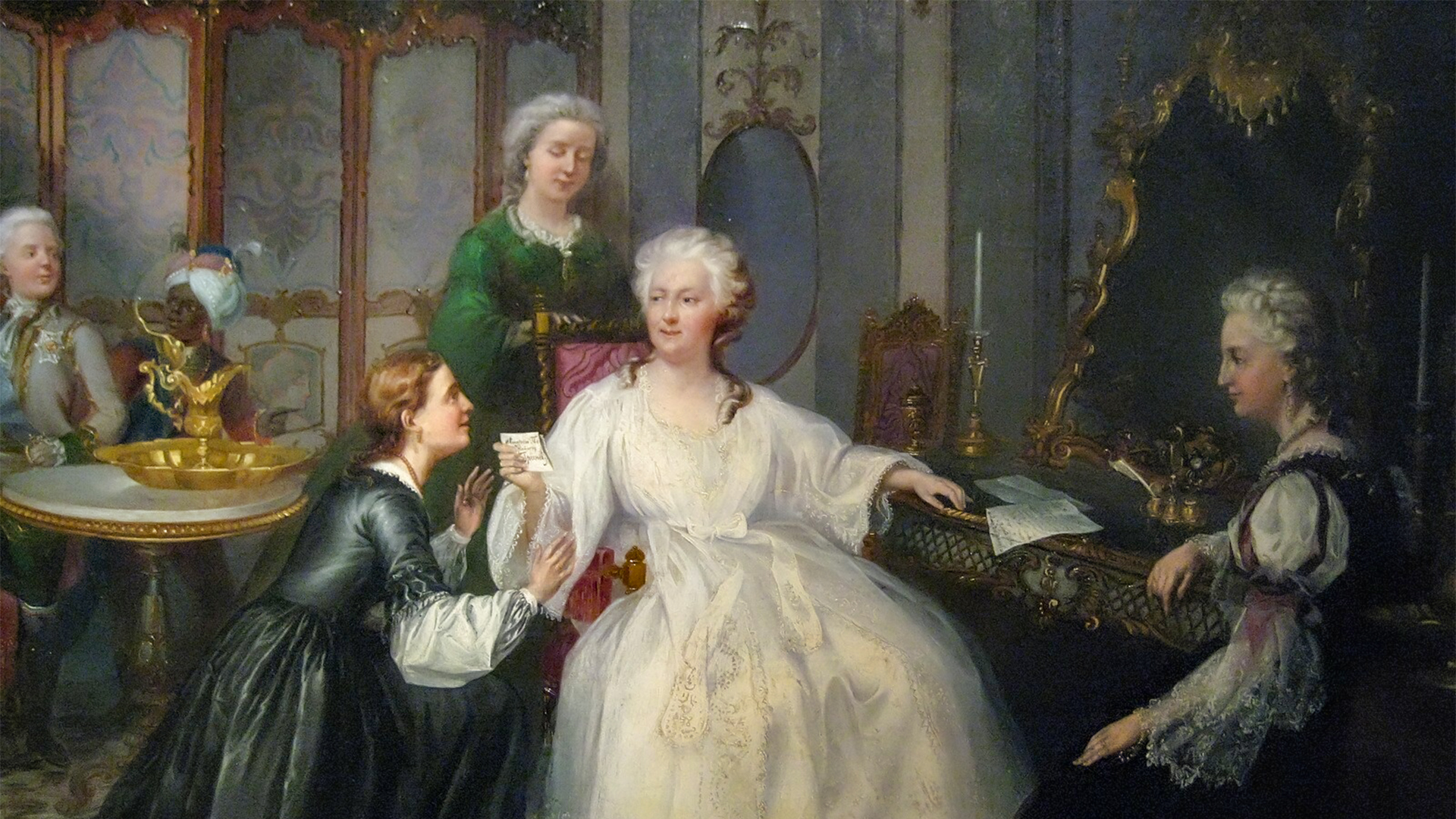
10 luxurious St. Petersburg palaces you must visit! (PHOTOS)

1. Stroganov Palace

Francesco Bartolomeo Rastrelli’s baroque masterpiece is located just a couple of minutes from Palace Square, near the Green Bridge. The Italian architect built the palace incredibly quickly, in 1753-1754, uniting several houses that stood there, which belonged to the Stroganovs, with a common façade.
The mansion amazes with the splendor of its interiors. For example, the Arabesque Living Room is an exact copy of Raphael's Loggias from the Winter Palace. Copies of the famous Vatican panels were brought to Russia in 1780 by order of Catherine II, while Count Alexander Stroganov, a great connoisseur of art, later bought those that were still unclaimed.
Interestingly, there were no bedrooms in the palace: Stroganov preferred to change rooms (and there were more than 50 of them!) and could spend the night on any couch that caught his eye. In the late 1980s, the palace became a branch of the Russian Museum.
2. Yusupov Palace
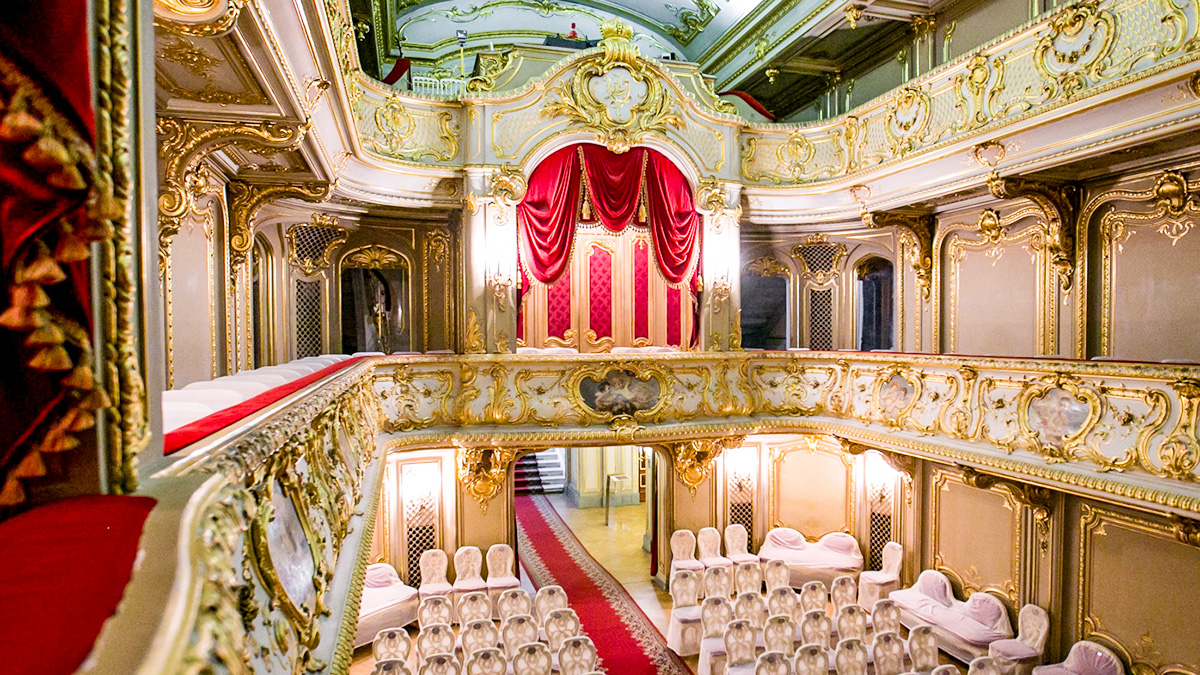
Felix Yusupov recalled about his childhood in this palace: “The house was like a museum. It was filled with works of art in abundance. You could walk and look endlessly.” The Yusupovs owned this palace from 1830, turning it into a real treasure trove. And it remains so to this day. The halls amaze with their luxurious decoration: from the white marble grand staircase and the Moorish Room, which is reminiscent of the Alhambra, to the home theater in the Rococo style with the obligatory royal box and Felix's private office with a swimming pool. The room in which Grigory Rasputin was murdered is also located in the palace.
3. Beloselsky-Belozersky Palace

In this palace with atlantes on the facade, the first meeting of Tsesarevich Nikolas Alexandrovich and Princess Victoria Alice Helena Louise Beatrice of Hesse-Darmstadt, the future Nicholas II and Alexandra Feodorovna, took place in 1889. Situated near the Anichkov Bridge, this mansion was the center of the city's social life.
It is believed that when working on this project for Princess Anna Beloselskaya-Belozerskaya, the architect Andrei Shtakenshneider was inspired by the proportions and style of the Stroganov Palace. In 1884, the owner of the palace was Grand Duke Sergei Alexandrovich – it was a gift for his wedding with Grand Duchess Elizabeth Feodorovna. And one of the last owners was Grand Duke Dmitry Pavlovich, one of the participants in the murder of Rasputin.
4. Vladimir Palace

A Florentine palazzo overlooking the Neva? This is exactly what the palace of Alexander III's younger brother, Grand Duke Vladimir Alexandrovich, looks like. It is easy to recognize: the façade is decorated with the coats of arms of various principalities and the family coats of arms of the owners. The palace is superbly preserved: it seems that the owners are about to come out to unexpected guests. Behind the external severity of the façade is the luxury of the halls. The Oak Hall is especially impressive – a large dining room is made in the Russian style and resembles a huge hut. And the Moorish boudoir of Grand Duchess Maria Pavlovna is reminiscent of oriental fairy tales. After the revolution, the palace became the House of Scientists.
5. Naryshkin-Shuvalov Palace

The whole city was talking about the evening balls that were held in the magnificent mansion on the Fontanka – sometimes more than 1,000 guests would come to them! Including Alexander Pushkin, Karl Bryullov and Ivan Krylov. Emperor Alexander I also often dropped by: Maria Antonovna Naryshkina, the hostess of the house, was his favorite. And it was in the Shuvalov Palace that the future Alexander II celebrated his coming of age.
The palace now houses the Faberge Museum.
6. Winter Palace

Almost all tourists visit this palace, because it is home to the Hermitage, one of the largest museums in the world. The Winter Palace was the residence of Russian monarchs, so acquaintance with the collection of masterpieces of world art takes place surrounded by magnificent interiors. An indispensable item on the program is the Jordan Staircase, along which foreign ambassadors used to enter for audiences. And then – through the enfilade of halls, through the Military Gallery to the Grand Throne Room.
7. Menshikov Palace

The first stone residential building in the city belonged to Alexander Menshikov, the Governor-General of St. Petersburg. At that time, it was also the tallest – three floors! Foreign ambassadors were received there, balls and assemblies were held and the future Empress Anna Ioannovna celebrated her wedding with Friedrich Wilhelm the Duke of Courland. But, Menshikov did not stay in the palace for long: a great lover of profiting from the treasury, he was eventually accused of bribery and sent into exile. The interiors from the time of Peter the Great have been preserved in four rooms.
The palace is now a branch of the Hermitage.
8. Yelagin Palace

Yelagin Island was bought by Alexander I for his mother in 1817. As the Dowager Empress Maria Feodorovna grew older, she could not bear the tiring trips from St. Petersburg to Pavlovsk and Gatchina. Therefore, a palace was built for her on an island in the Neva delta. Architect Carlo Rossi took on the project: he himself came up with the design of the enfilade doors for the elegant, light building. The drawings on all 12 doors were not repeated. Now, there is a museum here.
9. Alekseevsky Palace

It was no coincidence that the residence for Grand Duke Alexei Alexandrovich, the son of Alexander II, was built on the embankment of the Moika River, not far from the Admiralty Shipyards. He was the chief of the fleet and the Naval Department.
Alexei Alexandrovich wanted his palace to resemble a French chateau – and so a magnificent mansion arose on the Moika River, as if transported from the banks of the Loire. Now, the palace is home to the House of Music.
10. Sheremetev Palace

Peter the I gave the land on the bank of the Fontanka River to Field Marshal Boris Sheremetev. Soon, a stone palace was built there, the main façade of which looked out onto the river. Hence, its second name – the Fountain House.
Over time, the mansion became the center of the theatrical life of St. Petersburg. Nikolai Petrovich, the grandson of the field marshal, set up his own theater there, whose performances attracted the entire secular public of the Northern capital. Hector Berlioz and Pauline Viardot, Franz Liszt and Mikhail Glinka all performed in the palace at some point. It was also there that Orest Kiprensky painted the famous portrait of Alexander Pushkin.
After the revolution, apartments were arranged in the palace wings (Anna Akhmatova lived in one of them) and the palace itself housed a museum and a house of entertaining science. And now, the Museum of Music is located in it.


